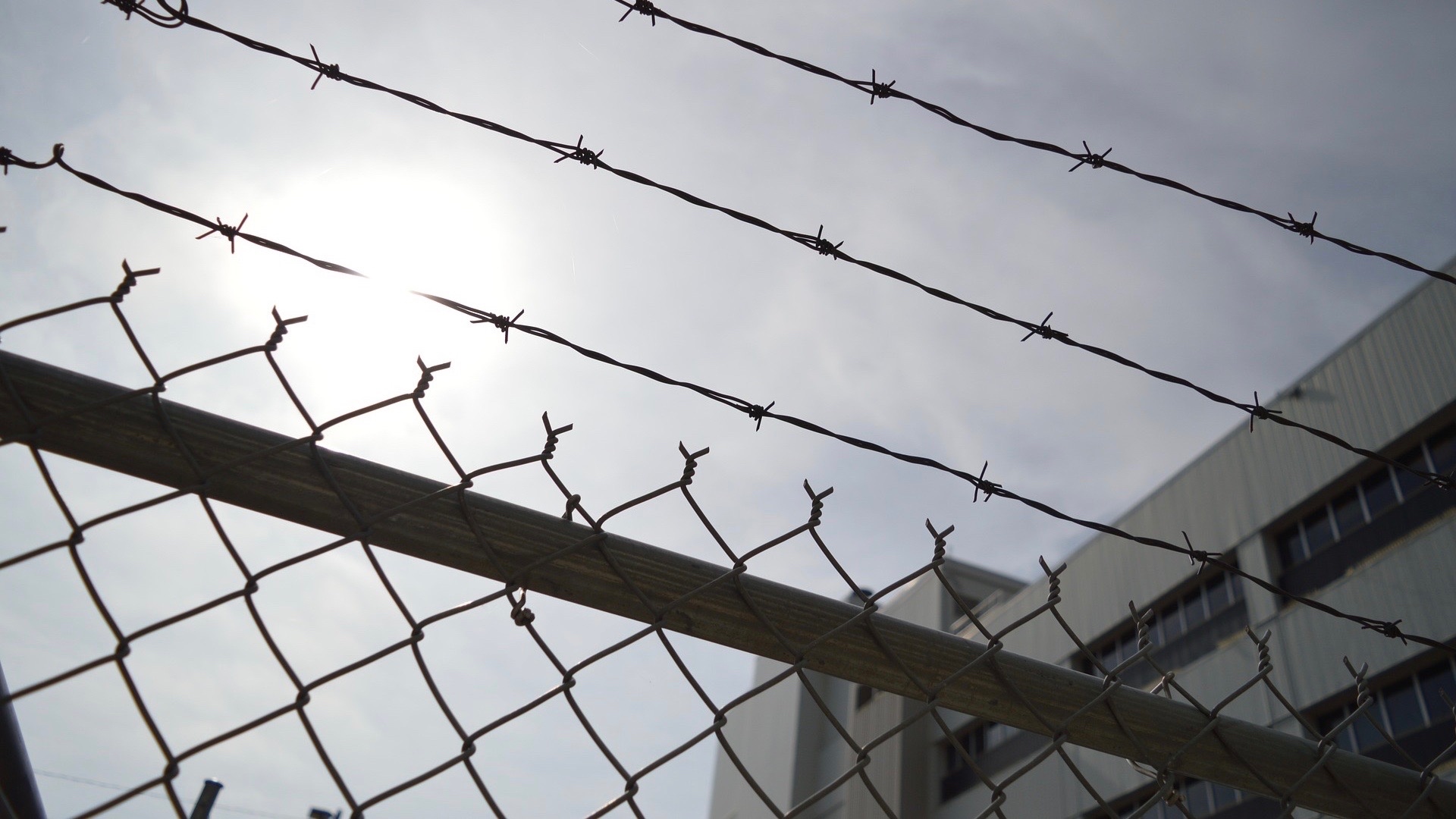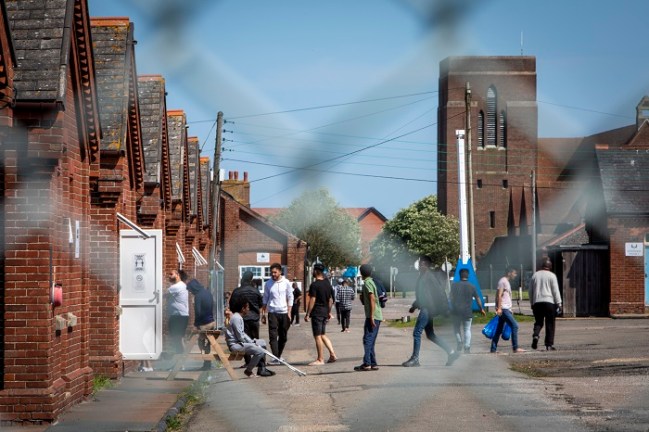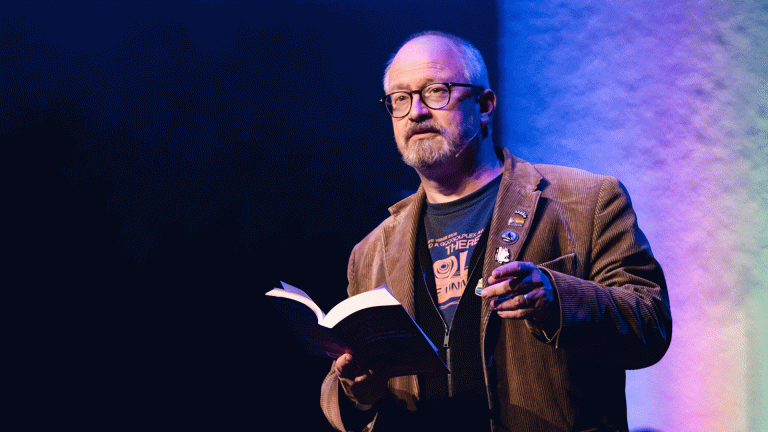Branded the most violent local prison in the country by Peter Clarke, HM Inspector of Prisons, his recent damning report on HMP Birmingham was almost too horrific to take in. With drug use and dealing carried out openly by prisoners in front of poorly led staff (who would lock themselves in offices to avoid confrontation,) and communal areas filthy with cockroaches, vermin, blood and vomit – it’s hard to imagine a worse environment in which to send someone who has committed a crime for ‘rehabilitation’. Yet on the prison’s website it states, “HMP Birmingham is committed to rehabilitation and reducing re-offending.”
Whatever anyone thinks about the purpose of prison, it is not supposed to dehumanise, humiliate, abuse or injure. Yet to a greater or lesser extent our prisons have been doing all of these for untold decades – allowed to do so by a society that refuses to afford them barely an iota of respect. Against the odds, and thanks to the interventions and efforts by many of the good and open hearted people who work in our prisons some prisoners do succeed in building crime free lives after the experience. I’m grateful I was one. But what we learned about Birmingham prison has taken the debilitating and harmful effect of serving time in the UK to new depths.
A significant number of dedicated people are still working in our prisons trying to make a positive impact on troubled and troubling lives
Previously known simply as ‘Winson Green’ the prison always had a fierce reputation throughout the prison system as a ‘hard nick’ – controlled by harsh prison officers who weren’t afraid to use aggression and often violence to maintain order. It was like the Midlands version of London’s HMP Wandsworth, labelled by prisoners in the 1970s and 1980s as the ‘Hate Factory’. As a serving life-prisoner from 1984, spending my first year in Wandsworth on ‘23-hour bang-up’ and then a number of prisons throughout the country until my release in 2004, I was well aware of Birmingham’s standing and was glad I never had to serve time there. When it was taken over by G4S in 2011 there appeared to be a shift in attitudes from the new privately employed officers. It became less brutal and more humane and even progressive.
This initial progress clearly ebbed over the years however with a variety of problems eventually culminating in the riot in December 2016 which cost the tax-payer and G4S around £6m. A report published this week by the Prison Service stated that the reasons for the riot were that, “…staff had, over the preceding year and … the preceding few months, become worn down by the chronic staffing shortages at HMP Birmingham, caused by a combination of high levels of sickness, attrition and disorganised deployment. Over this time period, they had gradually relinquished authority to the prisoners who were in effect policing themselves much of the time.”
Just a few months after the riot I visited the prison to support an exhibition of photographs by celebrated photographer David Goldbatt which were displayed on one of the wings. It was a bold and uplifting move by the prison governor. There was a sense of pride among the staff and the prisoners about the mounting of the exhibition. A prisoner, Andrew, told me: “We are truly privileged to have David exhibit his work here. As human beings we need to talk to each other more, and understand each other. As individuals most of us are only concerned with our own issues. We should understand each other so we can build bridges.” I left the prison in an upbeat mood. The wounded old Victorian prison seemed to be nurturing hope. Sadly that hope didn’t last long.
Constant negative prison inspections reports and media reports often give the impression that the whole of the prison system is failing. Re-offending figures across the board are at around two thirds for prison leavers within two years of release. On average there is a self-inflicted prison death at least every week. Violence and self-harm is at an all-time high. But we must never forget that there are a significant number of dedicated people still working in our prisons trying to make a positive impact on troubled and troubling lives – and there are prisoners working hard to develop values and behaviours that will enable them to live crime free lives upon release. As well as the negative items, the newspaper I edit, Inside Time, the national newspaper for people in prison, often features good prison news stories full of hope and optimism: award winning prison gardens; successful prisoner entrepreneurs and staff honoured for the efforts they make to change lives for the better.









